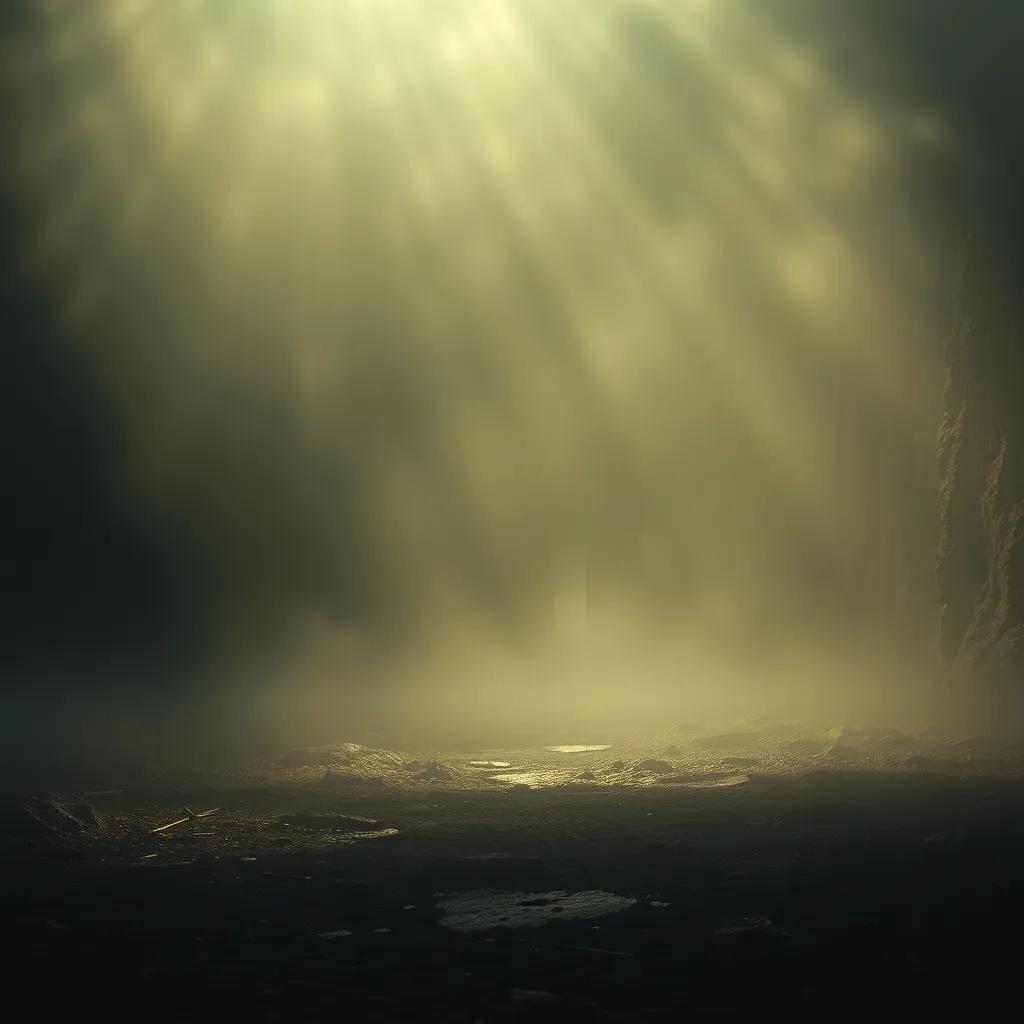Table of Contents
Cosmic Conundrum unraveled

Have you ever wondered why even the most advanced AI algorithms can falter in their predictions about the universe? Despite their brilliance,these technologies frequently enough misfire when applied to stellar data analysis.This discussion matters because understanding the limitations of AI in astronomy coudl reshape how we interpret cosmic phenomena. In this article, we’ll explore three pitfalls of AI predictions: data complexity, algorithmic biases, and the inherent unpredictability of cosmic events.
Data complexity Dilemma
The first major hurdle for AI in stellar data analysis lies in the complexity of the data itself. The sheer volume and variety of astronomical data-ranging from light curves to galaxy classifications-make it a daunting task for AI systems.
- Numerous Variables: Variables such as brightness, spectral variations, and distance all intertwine, creating a mulit-dimensional challenge.
- Noise Interference: Much of the available astronomical data is noisy, leading to inaccuracies in AI-generated results.
- Unpredictable Events: Events like supernovae or gamma-ray bursts are rare and happen unpredictably,creating gaps in training data.
- Evolving Understanding: As astronomers gain new insights, existing data can rapidly become outdated.
This amalgamation of complexities makes it difficult for AI to generalize effectively, leading to a higher likelihood of misinterpretation. As we continue to refine our understanding of the cosmos, overcoming these data challenges will be vital.
Algorithmic Bias breakdown
Another significant obstacle involves algorithmic bias, which can distort AI predictions. If AI learns from skewed data, its interpretations will be misleading.
- Training Data Limitations: Biases often arise from unrepresentative training datasets that do not encompass the full spectrum of celestial phenomena. For example, if most training images of galaxies are of a specific type, AI may struggle to identify or categorize unfamiliar types effectively.
- Feedback Loops: When predictions made by AI influence further research or data collection, biased outputs can create a detrimental feedback cycle that skews future findings.
- Human Biases: Human error in selecting training data can also perpetuate biases. If astronomers unintentionally select datasets that reflect their biases, the AI will inherit these errors.
Recognizing and mitigating algorithmic biases is critical not only for enhancing AI’s astronomical predictions but also for ensuring scientific accuracy and fairness across all fields of study.
Unpredictability Factor
Lastly, we must grapple with the inherent unpredictability of cosmic events. Unlike controlled laboratory conditions, the universe unfolds in ways that are often beyond our predictions.
Astronomical phenomena can be spontaneous and even chaotic. Such as, the formation of stars or the merging of galaxies operates on time scales and under conditions that are not easily forecasted.
- Random Factors: Random occurrences like supernova triggers or star collisions can’t always be anticipated by AI, which relies on previous data patterns.
- Limitations of Current Models: Existing models may fail to account for every variable at play, leading to gaps in real-time analyses.
By embracing the unpredictability of the universe, astronomers can develop more robust methodologies that integrate AI functionality while remaining aware of its limitations.
Cosmic Insights Explored

Understanding the gaps in AI predictions in stellar data analysis is crucial for improving our cosmic explorations. The most profound takeaway is that acknowledging these limitations can lead to better, more focused research. As we strive to deepen our cosmic understanding, it’s vital to reflect on how technology, when paired with human insight, can illuminate the mysterious universe we inhabit. How will we choose to balance technology and intuition in our quest for knowledge?



